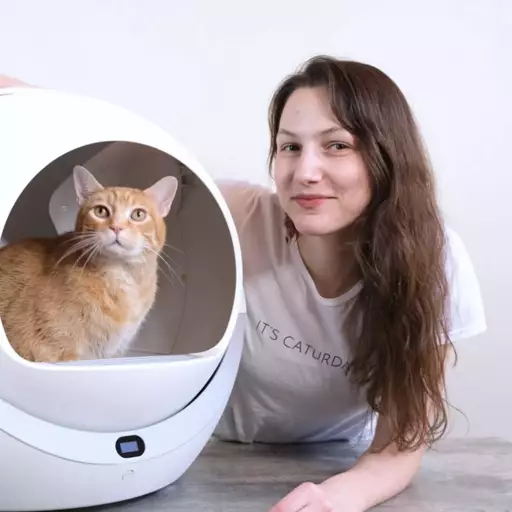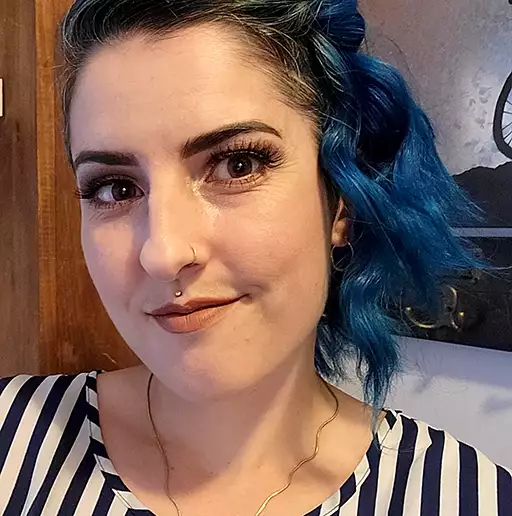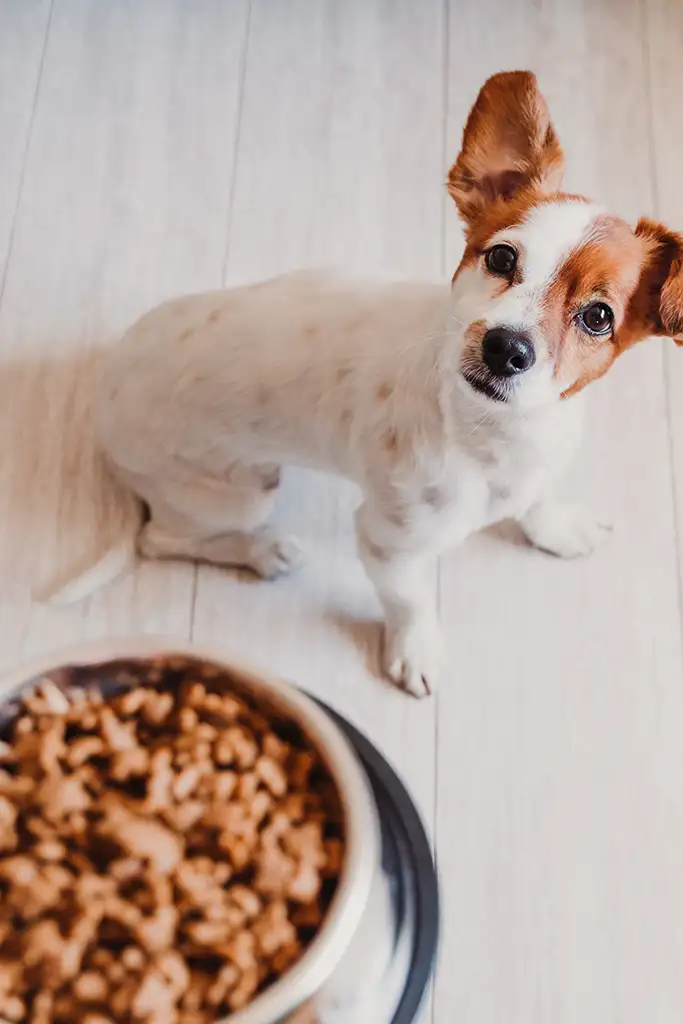Weaning Kittens : 5 Essential Steps to Free Feeding After Birth
Quick Guide
- Are your kittens ready for weaning? Here’s how to help them make the transition from milk to meat.
- Step 1: Determine if your kittens are ready to start the weaning process.
- Step 2: Choose a high-quality kitten food.
- Step 3: If your kittens are bottle-fed, mix the kitten food and formula into a milky meat smoothie.
- Step 4: Say goodbye to the bottle and hello to a big-kid food bowl.
- Step 5: Set the foundation for a lifetime of healthy eating.
- When can kittens start eating dry cat food?
Are your kittens ready for weaning? Here’s how to help them make the transition from milk to meat.
Step 1: Determine if your kittens are ready to start the weaning process.
Wondering when to start weaning kittens? Kittens naturally start weaning at around four weeks of age and are completely weaned by the time they’re around ten weeks old. At four weeks, the kittens’ first premolars start to erupt and the mother cat will start pushing the kittens away. By eight or ten weeks, the kittens should no longer rely on nursing and will have converted to solid food alone.
Provided that both mother and kittens are happy and healthy, there’s nothing wrong with kittens and mother cats to continue nursing for even longer—some suggest that twelve weeks or more could be psychologically beneficial, preventing behavioral issues later in life.
In all likelihood, if your kittens and their mother are together, you won’t have to make much of an effort to wean the kittens. Kittens become curious about their mom’s food and mother cats get tired of nursing. The transition happens naturally with little need for human intervention.
But we don’t always have the advantage of mother cat’s leadership in the weaning process.
If your kitten is bottle fed, the weaning process starts at 4.5 – 5.5 weeks of age and happens much more quickly than under a mother’s care. You can switch a kitten from kitten milk replacer to solid food over the course of about a week.
Remember that you should never wean an unhealthy kitten. If your kitten is suffering from any health conditions, continue nourishing them with kitten formula until they’re strong and ready to make the graduation.
Step 2: Choose a high-quality kitten food.
Ideally, this should be a low-carbohydrate food with high levels of ultra-digestible animal protein.
During the first few months of life, kittens grow at an incredibly quick pace. They need a lot of calories to support this growth, but their tiny tummies can’t hold more than a few bites of food at a time. That’s why kitten food or food formulated for all life stages is so important. It’s highly-concentrated so that your kitten gets plenty of fuel in each miniature bite.
To support kittenhood development, kitten foods have elevated levels of micronutrients like calcium, phosphorus, magnesium, and vitamin A, along with certain amino acids. Look for foods supplemented with the omega-3 fatty acid DHA, which supports healthy eye and brain development.
Click here for our guide to the best kitten food.
Step 3: If your kittens are bottle-fed, mix the kitten food and formula into a milky meat smoothie.
If your kittens and their mother are together, go straight to the next step and let the kittens advance from nursing to feeding on their own with the encouragement of their mother.
If they’re bottle-fed, you can gently introduce them to the idea of meat by giving them a meat smoothie from their familiar bottle.
Using a blender bottle, blender, or a whisk, thoroughly blend a couple spoonfuls of wet kitten food into their usual kitten formula until it has a thin smoothie consistency. Because the food will make the formula thick, you might want to add more water than usual and cut a slightly larger hole in the nipple.
Once you’ve mixed it all up, transfer the slurry into your kitten’s bottle, test for appropriate flow, and when your kitten’s next bottle feeding session comes around, surprise them with a sip of meaty milk.
Step 4: Say goodbye to the bottle and hello to a big-kid food bowl.
If your kittens are bottle-fed, pour a creamy blend of kitten formula and food into a large, shallow bowl.
If your kittens are still nursing from their mom, kitten formula isn’t necessary, but you might want to thin the food down with a little warm water or raw goat’s milk to make it accessible to kitten mouths and teeth. The kittens will gradually eat more and more of this food until it replaces their mom’s milk.
Remember that before they’re weaned, some kittens don’t realize that licking up or biting into food is an option. Their teeth have recently erupted, and up until this point, suckling milk or kitten milk replacer is all they know.
So don’t be surprised if when you put down a bowl of kitten food, the kittens treat it more like a toy than a dinner plate.
Playing is learning and kittens are great at both, so they’ll probably catch on to the idea of eating solid food pretty quickly. Between natural instincts, hunger pangs, the taste of meat smoothie, and their adventurous spirits, the kittens will quickly learn to eat big kitty food.
If they seem confused at first, put a little food on your finger and present it to the kittens. They probably already associate your fingers with food, so this is a natural introduction. Slowly move your food finger into the bowl and let the kittens chase the scent into their new dish.
Step 5: Set the foundation for a lifetime of healthy eating.
Most kittens continue growing for the first year of life. Most kitten feeding guides suggest keeping them on a kitten or “all life stages” food until they complete this crucial growth phase. Note that after spaying or neutering at 5-6 months, your kitten’s metabolism and energy levels may drop slightly, so you’ll need to moderate their calorie intake if you notice their body condition veer towards the chubby side.
During the first year of life, your kitten will establish habits that will shape them for a lifetime. If you want your kitten to be flexible and open to a variety of tastes, stimulate their palate with a range of flavors and textures. Remember that feeding a cat the same protein sources every day for years is the way allergies are made, so you shouldn’t allow your kitten’s system to “wear out” on chicken or beef alone.
When can kittens start eating dry cat food?
A lot of people wonder how soon they can get their kitten on the crunchy stuff, and the answer is that they can start eating dry food as soon as they’re weaned.
However, it might be better to never feed your cat kibble. Regardless of their age, cats are never ready for a moisture-deficient food or a diet high in carbohydrates.
Dry food can be a fun treat every once in a while, but starting your kitten on dry food is the best way to create a kibble-addicted adult. No one wants to try to introduce low-carbohydrate canned food to a six-year-old kibble addict with diabetes.
Again, you want your kitten to start life eating species-appropriate, nourishing foods. This sets the tempo for a healthy life and precludes them against finicky behaviors down the road.










